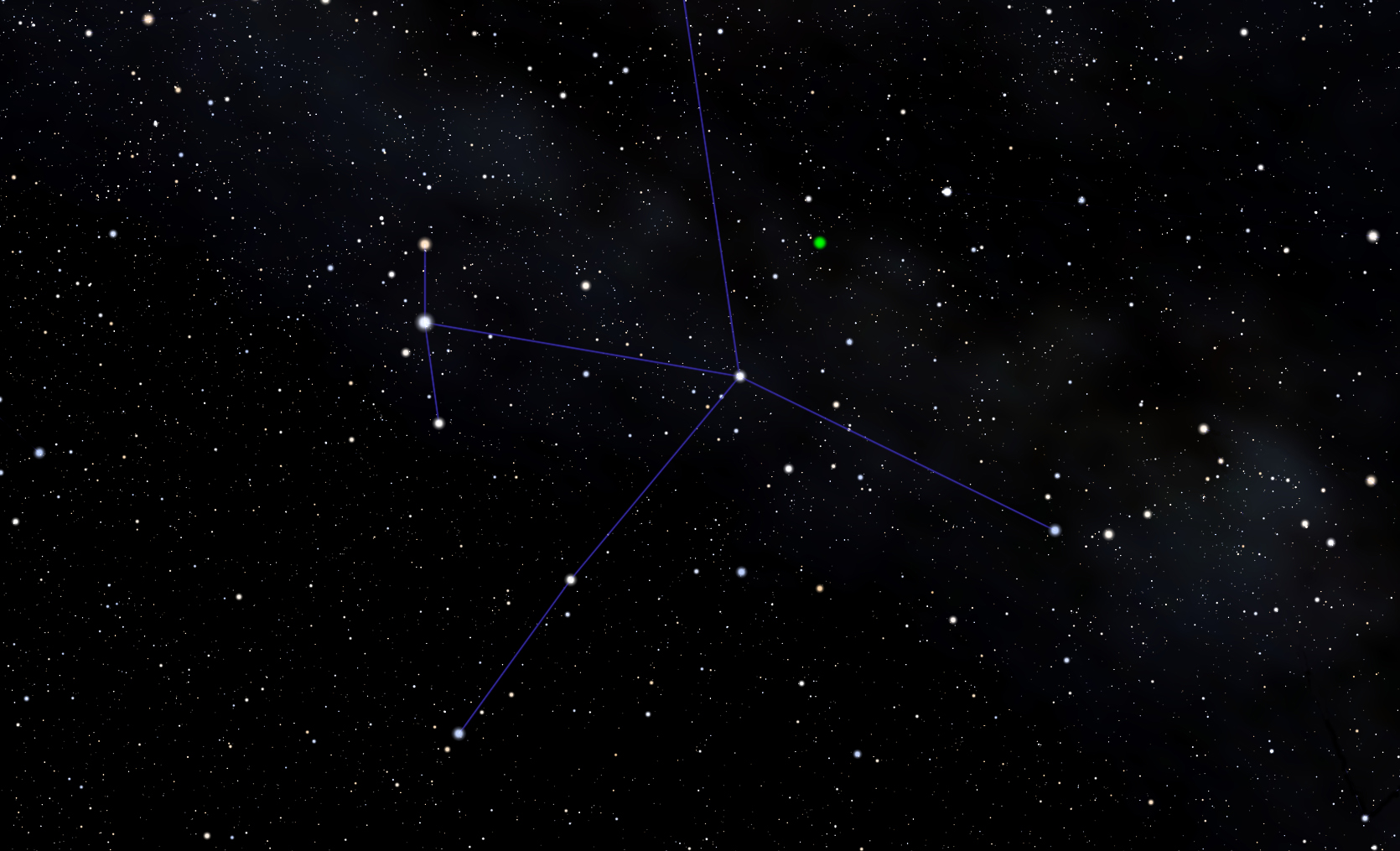January 19, 2013
Contact:
Tania Burchell, Science Writer
Charlottesville, VA
(434) 244-6812
tburchel@nrao.edu
A Microquasar Makes a Giant Manatee Nebula
Astronomers Miller Goss and Amy Mioduszewski talk about what they've learned about W50 and the SS433 microquasar. Video includes new animations and simulations.
CREDIT: NRAO/AUI/NSF, J. Hellerman, B. Saxton, J. Stoke, T. Burchell, A. Bolling

ABOVE: The W50 supernova remnant in radio (green) against the infrared background of stars and dust (red). CREDIT: NRAO/AUI/NSF, K. Golap, M. Goss; NASA’s Wide Field Survey Explorer (WISE).6 MB high resolution JPEG of The Manatee Nebula. 30 MB CMYK TIFF of The Manatee Nebula for print. |
ABOVE: A Florida Manatee rests underwater in Three Sisters Springs in Crystal River, Florida. CREDIT: Image used with permission from Tracy Colson. |

ABOVE: The Manatee Nebula, W50, (green dot) is found 18,000 light years away in the direction of the constellation Aquila, the Eagle. CREDIT: NRAO/AUI/NSF, B. Kent, A. Bolling using Stellarium |

ABOVE: An animated gif showing the X-ray binary, SS433, where the normal star is losing matter onto the black hole, creating a ring of material and powerful jets of charged particles. CREDIT: Created using software by Robert Hynes, U.Texas |

ABOVE: MPEG: The Very Long Baseline Array sees blobs along the powerful jets of the SS433 micro quasar. CREDIT: A. Mioduszewski et al., NRAO/AUI/NSF |

ABOVE: The Very Long Baseline Array sees the precessing activity of the SS433 microquasar's jets.. CREDIT: A. Mioduszewski et al., NRAO/AUI/NSF |
